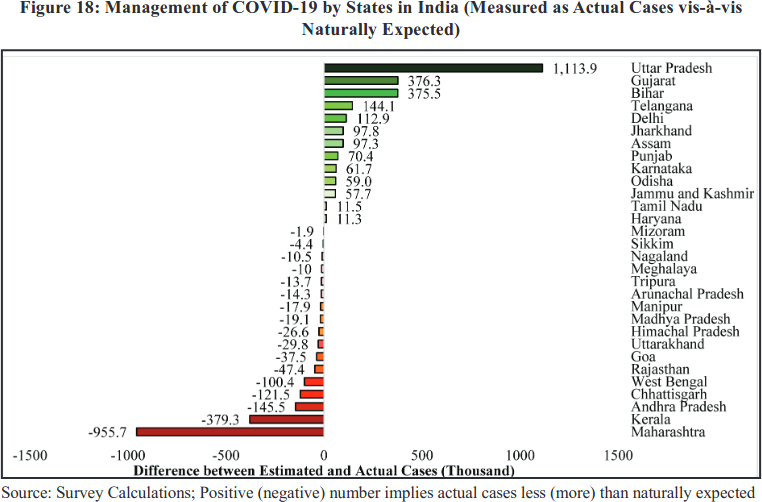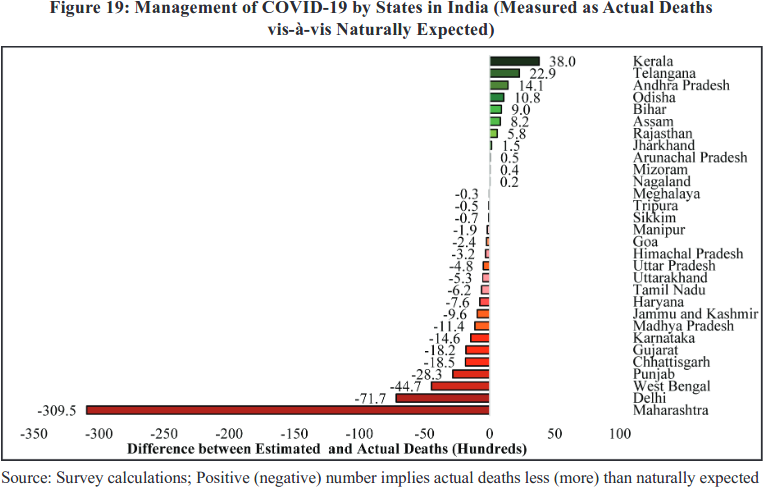
Data from Mumbai's latest COVID-19 wave is suggesting that reinfections are important and/or a more transmissible variant is circulating. Here's why. (A slightly technical thread, assumptions and possible objections at the end.) (1/n)
First, the argument in brief: current spread is just too fast. The speed is at odds with levels of prior infection in the city and what we know about R0 - the basic reproduction number in the city - based on the earliest availale data. 

The current doubling time for daily cases (weekly average) is ~8 days. With TPR also rising sharply, the true doubling time for infections may be shorter. With standard assumptions, we get R = ~1.57. Estimated cases from slums and nonslums give roughly the same R value in both. 



Mumbai's early case and death data gives doubling times of ~3 to 4 days, corresponding to R0 = ~2.5 to 3.3. This data (esp. fatalities) reflects COVID spread in mid March when there was basically no mitigation. R0=2.9 works well in simulations to explain Mumbai's early data. 

Mumbai's current levels of prior infection are *at least* 50%. In fact, >60% is more plausible. There are many ways to argue this. To begin with, the first serosurvey in July gave prior infection estimates of 35% citywide. (For reasons discussed later, this is conservative)...
...Since then, COVID-19 cases have quadrupled. More importantly, recorded deaths have more than doubled. Even with greater spread in nonslum areas with higher (recorded) death rate, *at least* another 15% of the city has been infected since July. Probably more like another ~25%.
With 50% acquired immunity, and *without NPIs* R should be half of R0, namely 1.25-1.65. The current estimate (1.57) is near the upper end of this range. But NPIs are still in place: educational institutions are closed, gatherings are limited, tranport is still restricted, etc.
At a more credible prior infection level of 60%, R should be in the range 1 to 1.3 without mitigation. Mild mitigation which removes about a quarter of infection spreading events would push R below 1. If these estimates are correct, what could explain the rapid growth in cases?
1) A significant level of reinfections, due to either waning protection or, possibly, a variant evading existing immunity; and/or
2) A more transmissible circulating variant pushing up R.
2) A more transmissible circulating variant pushing up R.
Objection 1. The first serosurvey may have overestimated citywide prevalence. Possible, but 1) the surveyed wards had in fact been *less* badly hit than the city average by the time of the survey. 2) Sample sizes were good, and the sampling was carefully designed to avoid biases.
In fact, the estimate of 35% prior infection by early July is *conservative*, using rather low values of slum density, ignoring waning sensitivity of the test, and ignoring the fact that the surveyed wards were less badly hit. Data from the second serosurvey backed this up...
The second serosurvey showed somewhat reduced slum seroprevalence, reflecting waning sensitivity of the assay used. Taking both surveys together, data-driven estimates put *minimum* prior infection at the time of the second serosurvey (late August) at 43%.
science.thewire.in/health/mumbai-…
science.thewire.in/health/mumbai-…
Objection 2. R0 based on early data could have been underestimated. The slums, where R0 is higher, were underrepresented in early data for two reasons: 1) the slum epidemic hadn't really taken off yet, and 2) detection of infections in the slums was poor...
...It is true that the slums are underrepresented in early data. But taking this into account and looking separately at the dynamics in slum and nonslum areas we still find the rapid doubling times in both strata hard to explain. For example...
There is evidence of very high prior infection in the slums. A survey in Oct. found 75% seroprevalence (little technical detail unfortunately). Even if slum R0 was ~5 (HIT=80%), then at 75% prior infection, current R should be ~1.25 without mitigation.
indiatoday.in/coronavirus-ou…
indiatoday.in/coronavirus-ou…
To conclude. Is there definitive evidence of reinfections, or immune evasion, or a more transmissible variant circulating in Mumbai? Not yet. But the balance of probabilities points strongly towards some combination of these playing an important part. (n/n)
• • •
Missing some Tweet in this thread? You can try to
force a refresh






